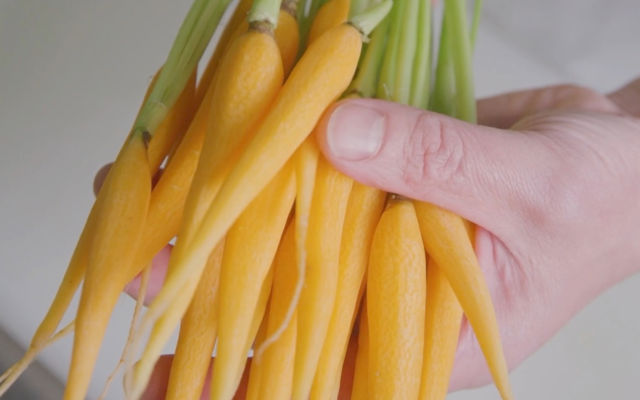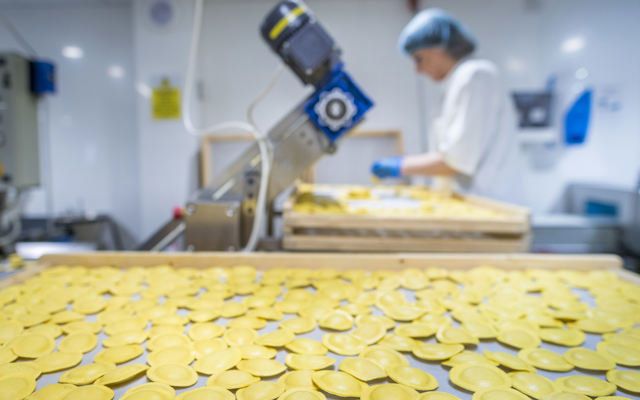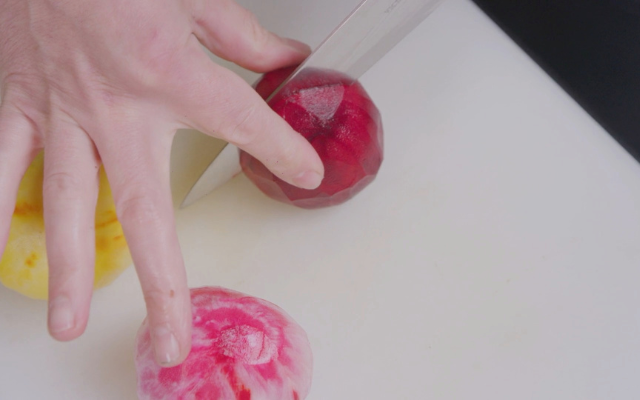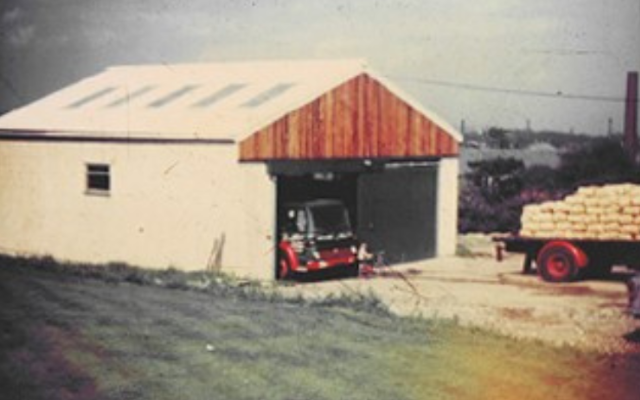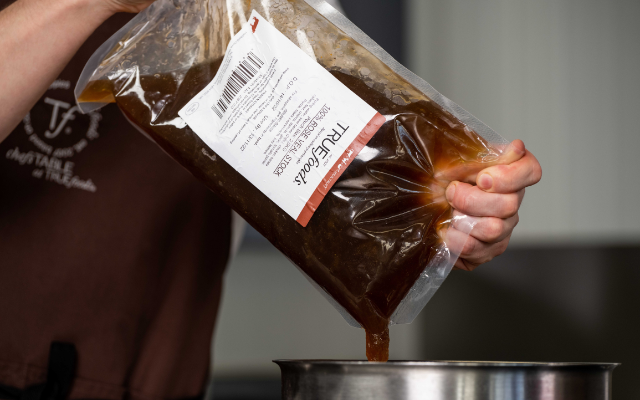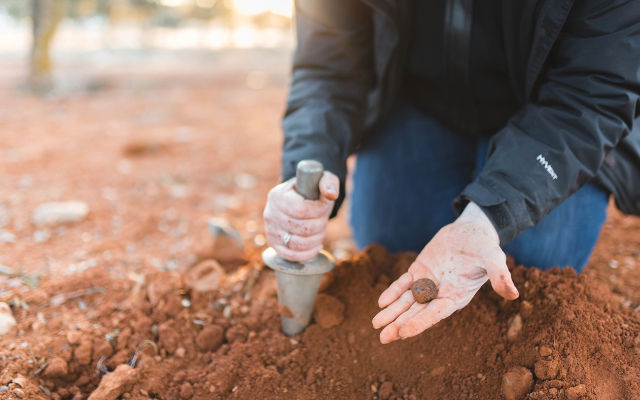
WHAT WE DO
SUPPLYING BRITAIN'S BEST CHEFS WITH THE FINEST INGREDIENTS
Over the last 60 years, Wellocks has become the special ingredient of the UK’s finest restaurants. We are dedicated to sourcing the most exceptional ingredients, taking pride and care in delivering the very best quality and flavour every single time.
FIND OUT MORE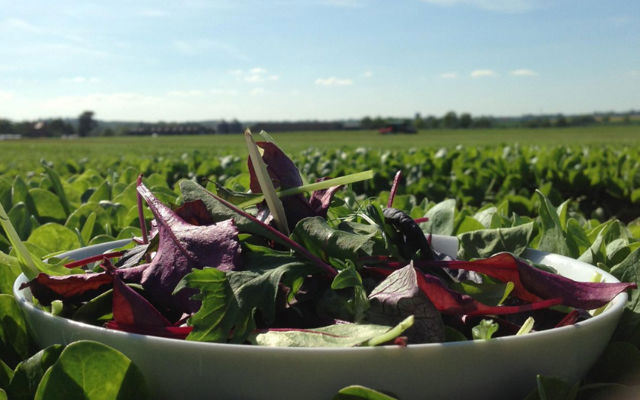
MEET OUR PRODUCERS & GROWERS
SEARCHING THE GLOBE FOR EXCEPTIONAL INGREDIENTS
We aim to inspire and support chefs to create amazing dishes by giving them exclusive access to our network of independent growers and producers.
All of our producers and farms take pride in their produce, from the everyday basics to the most exotic elements of your dish.
MEET OUR PRODUCERS
OUR PARTNERS
We are proud to support our industry by partnering with several events, awards, charities and chef competitions throughout the year. Thanks to the close relationships we have developed with our partners over the years, we are in a unique position to empower chefs who aspire to push the boundaries of gastronomy; from those entering the industry at college to the most prestigious competitions in the country.
MEET OUR PARTNERS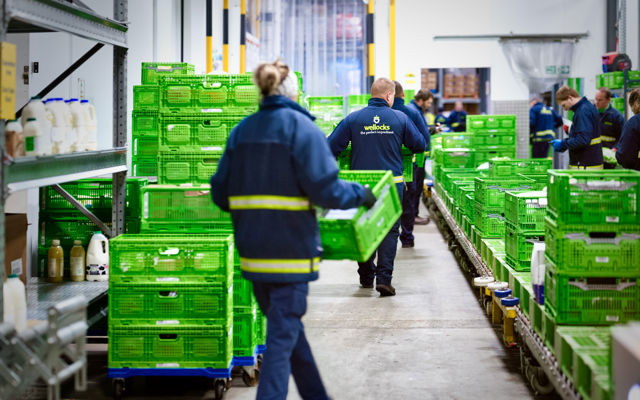
JOIN OUR TEAM
CAREERS
Wellocks, is one of the leading UK fresh food distributors, sourcing the finest ingredients, and taking pride and care in delivering the very best quality and flavour every single time.
SEE OUR CURRENT VACANCIES
